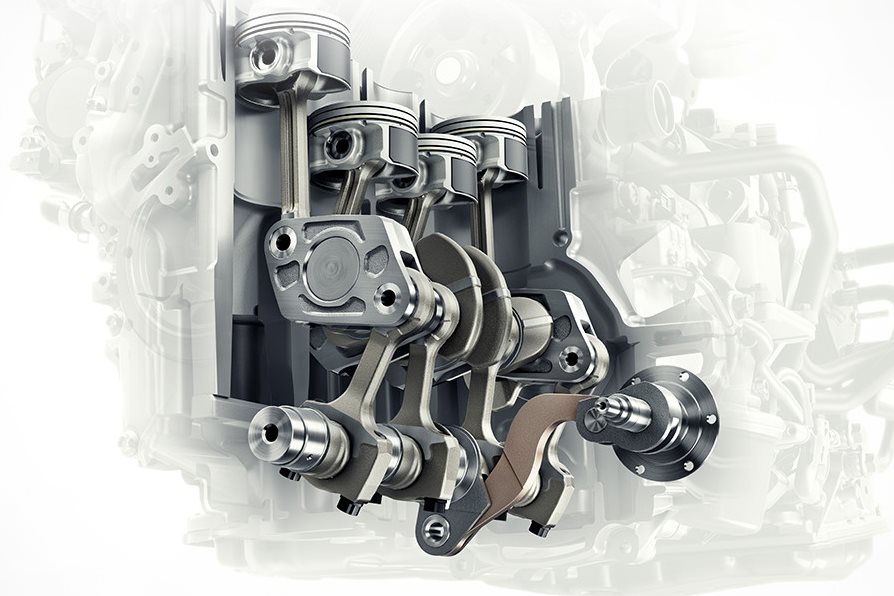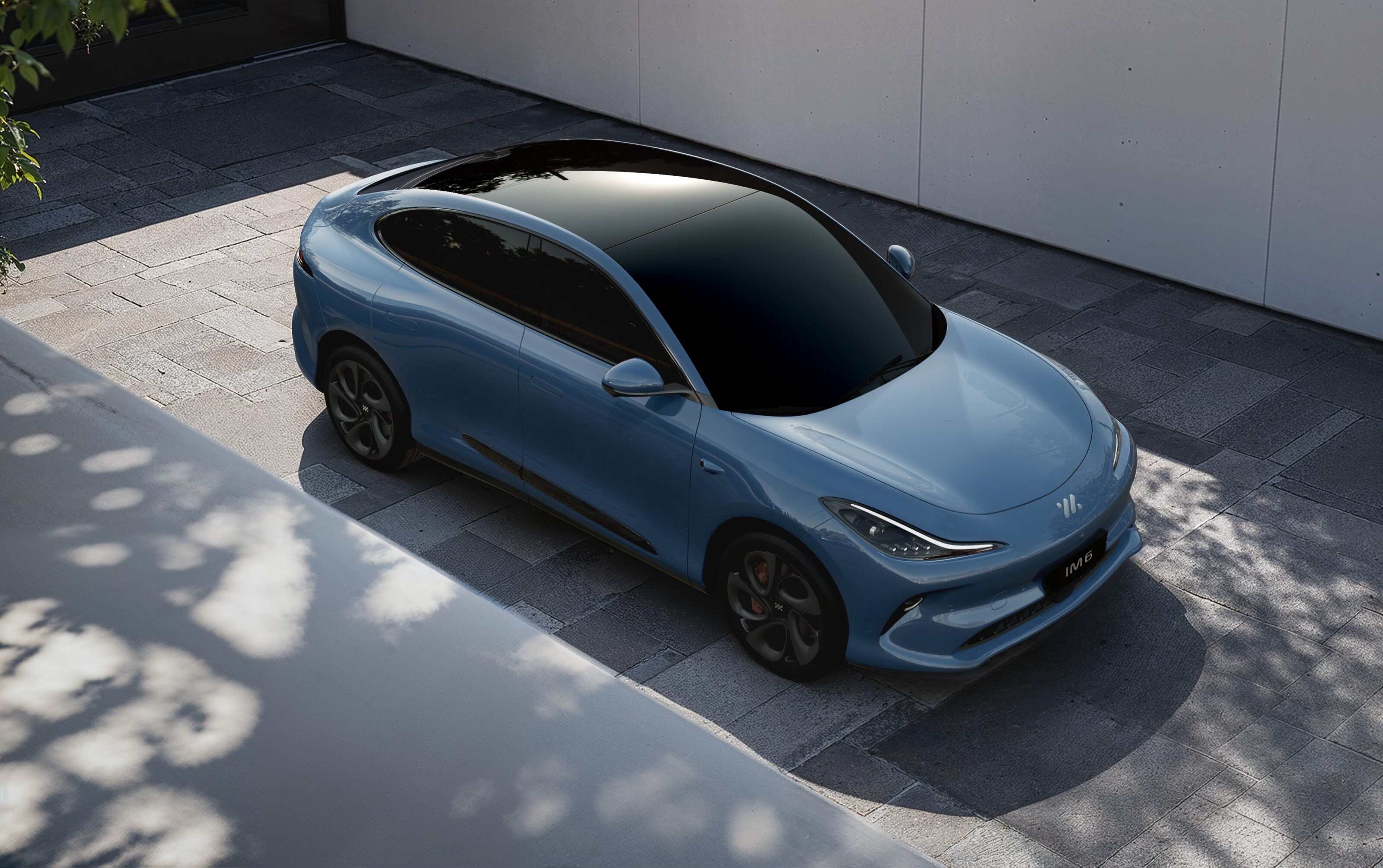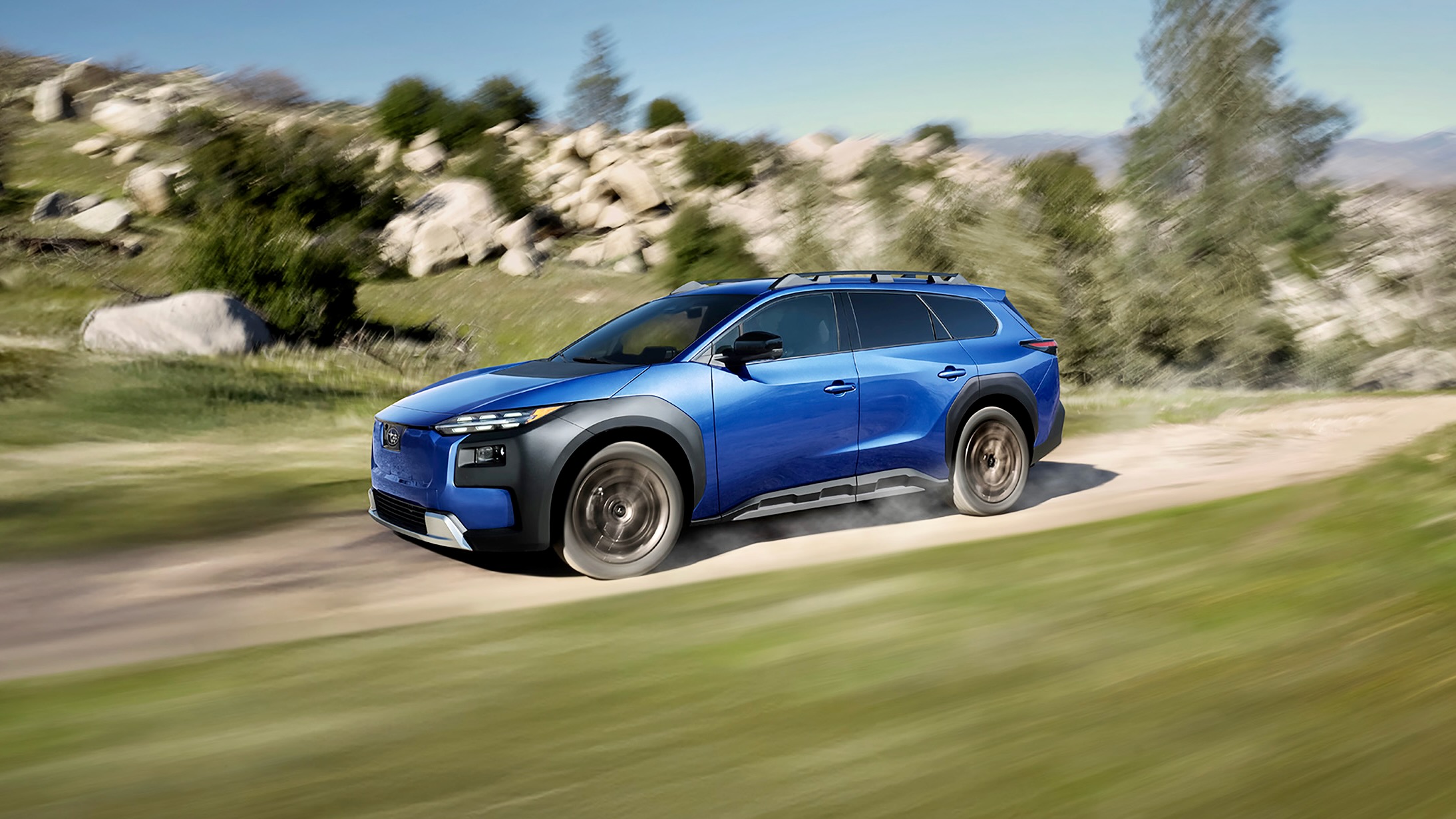THE WORLD’S first production engine with variable compression ratio tech will make its debut in the Infiniti QX50 SUV. But while its first application will be in a big family bus, the numbers revealed by the automaker suggest this motor has performance potential.
Internally coded ‘KR20’ and based on Nissan’s existing MR20 – which sees service in the X-Trail and Qashqai, among others – Infiniti’s variable-compression motor is capable of altering its compression ratio (the amount by which its air/fuel mix is squeezed) from an ultra-high 14.0:1 to a very low 8.0:1
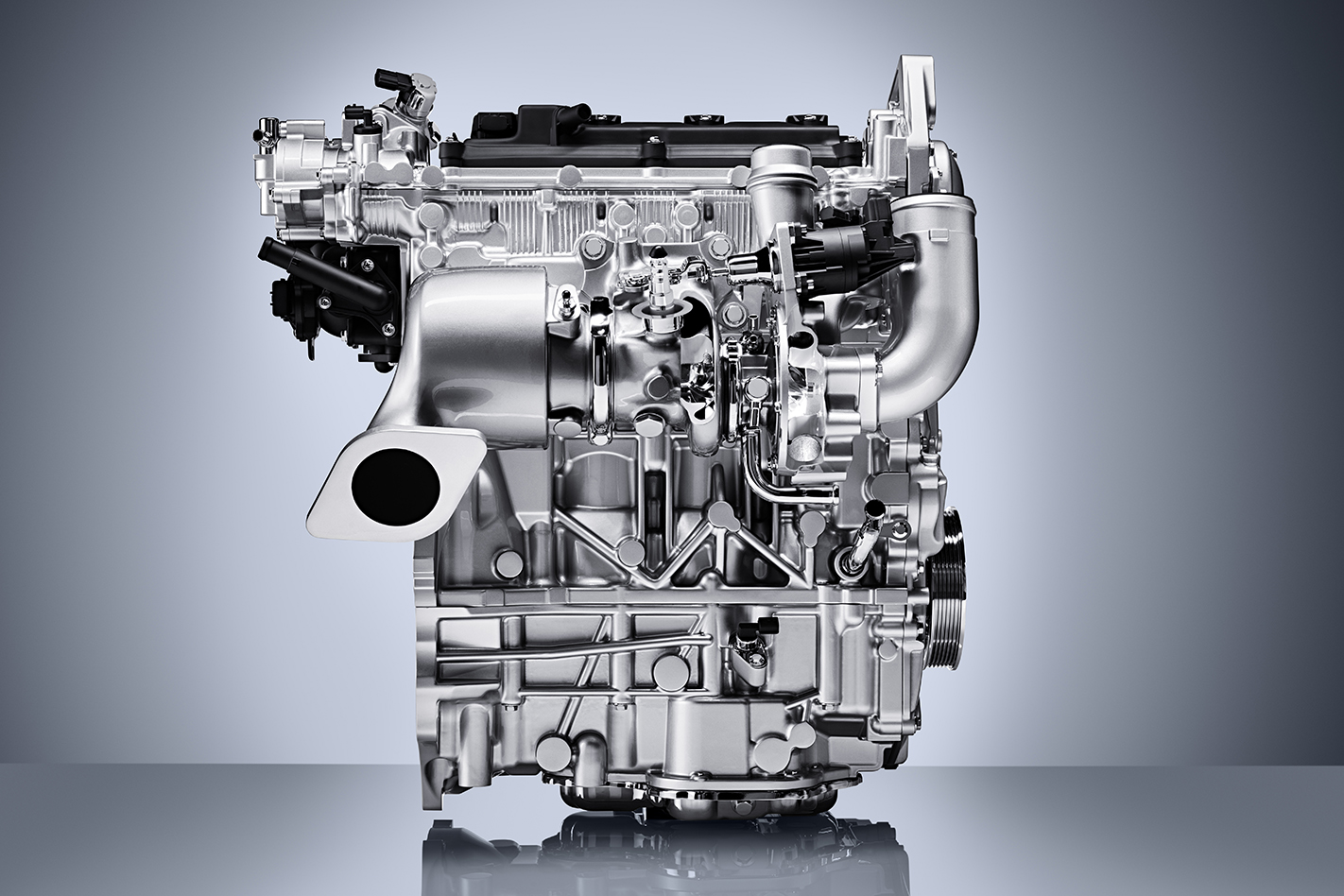
Why? So that when the driver demands power the compression ratio can be lowered to permit more turbo boost (which in turn means more fuel and air can be crammed in, and thus a bigger bang), while at the same time enabling an super-high – and super-efficient compression ratio to be dialled in when cruising at light throttle.
In other words, it’s an engine with two faces. One is a high-boost turbo four-pot that packs a sizable punch for its 2.0-litre displacement, the other is a frugal mile-eater that sips fuel and barely awakens its turbo.
This duality is achieved by a complex arrangement that sees conventional piston connecting rods turfed in favour of a collar around the crankshaft that’s linked to the piston on one end and a fixed camshaft on the other. When the camshaft rotates, it effectively changes the position of the piston in the cylinder by up to 6mm – thus changing its compression ratio.
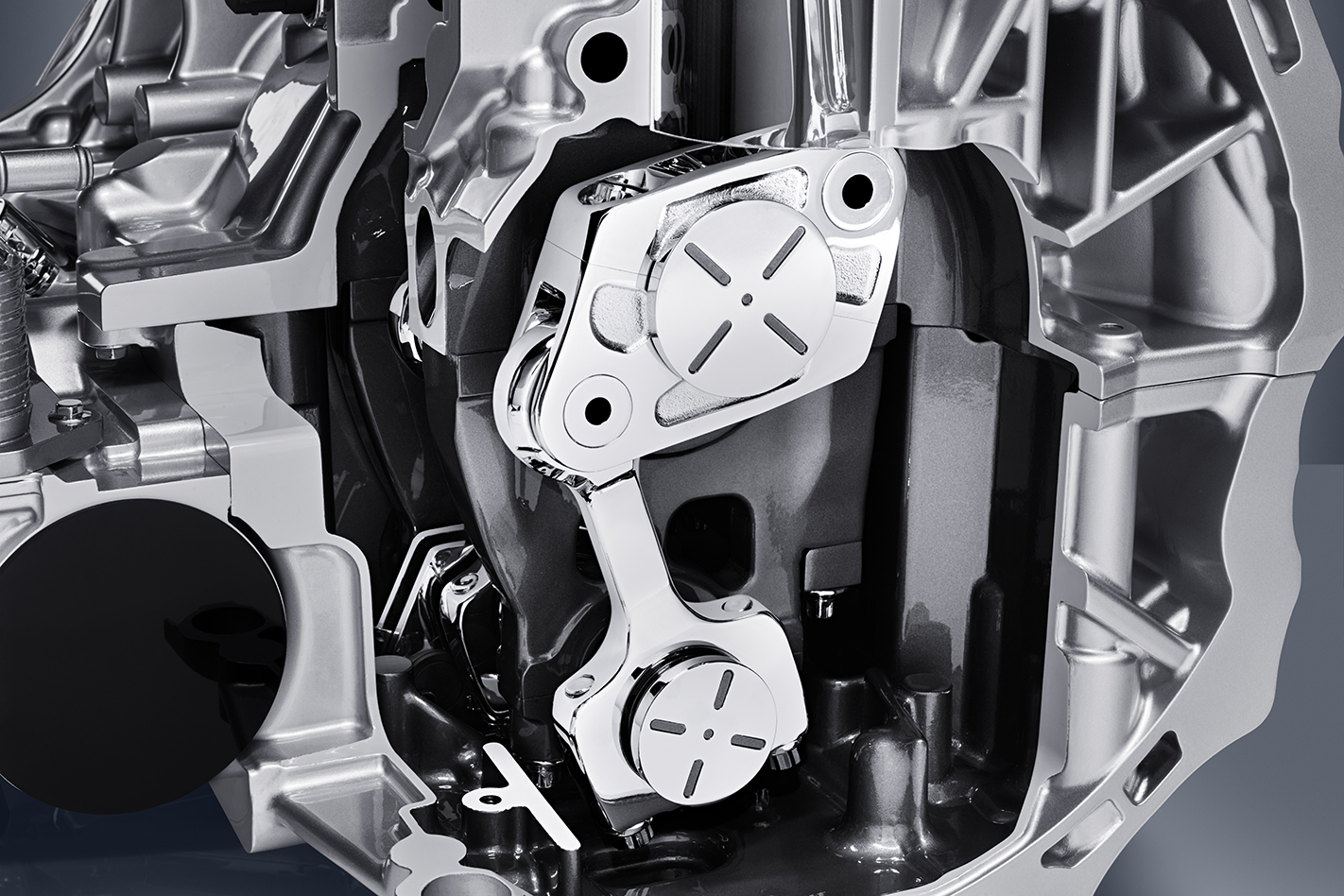
When huffing its maximum 23.2psi of boost pressure at its lowest compression ratio, the numbers produced by the VC-T engine (which stands for Variable Compression – Turbo), are impressive. Peaking at 200kW and 390Nm, it has 15kW more power and 20Nm more torque than Audi’s 2.0 litre TFSI engine in the Q5, and even makes more in both metrics than Subaru’s gutsy WRX.
And when its clever VC-T cam rotates to its high-compression setting, Infiniti says the QX50’s VC-T engine delivers fuel consumption that’s between 10-15 percent better than its most frugal rivals. If we judge the Mercedes-Benz GLC 250 as being one of those competitors, that means the Infiniti should drink something between 6.2L/100km and 6.48L/100km on the combined cycle.
Helping boost fuel economy is its weight. Tipping the scales 18kg under the 3.5-litre V6 that it will effectively supplant in Infiniti’s powertrain portfolio, the KR20 packs more power and torque than the V6 without the same mass or physical bulk. Impressive, considering the extra weight of its VC-T system and turbocharger hardware.
The culmination of a 20-year development program, the KR20 will make its production debut in the 2019 Infiniti QX50. Mated to a CVT automatic and taking power to all four wheels, it’s not expected to be positioned as a performance option.
However give it a more alert drivetrain and a lithe chassis, and Infiniti’s sophisticated new powerplant may have plenty to offer enthusiasts – not just those who want to save a few bucks at the petrol bowser.

